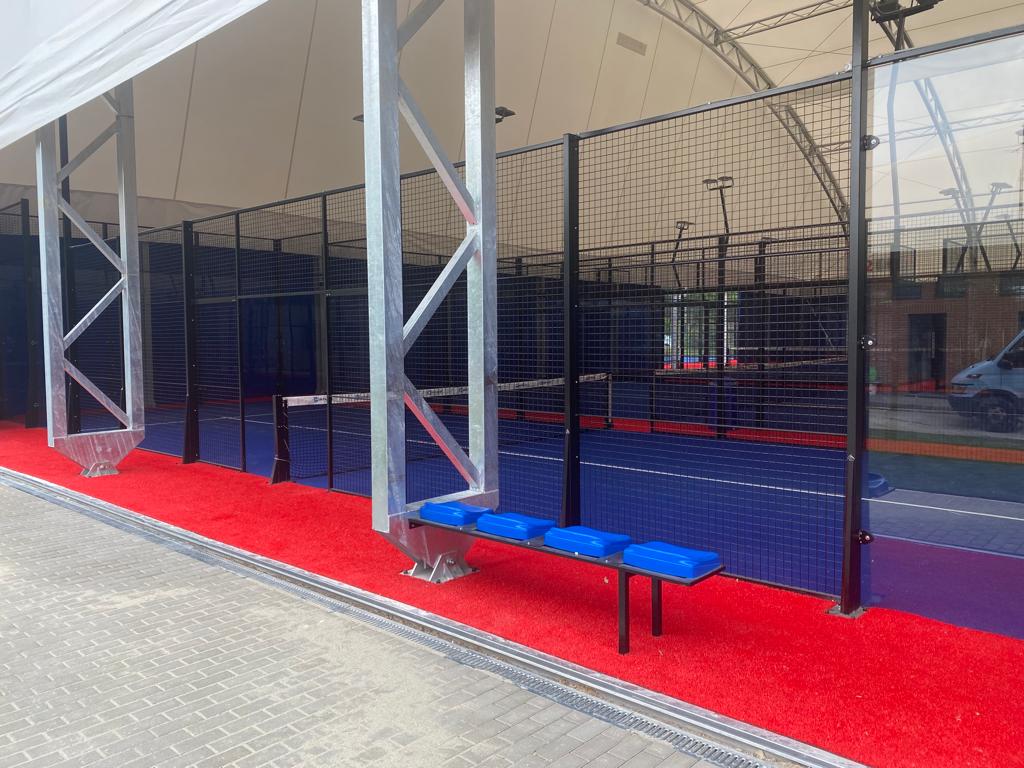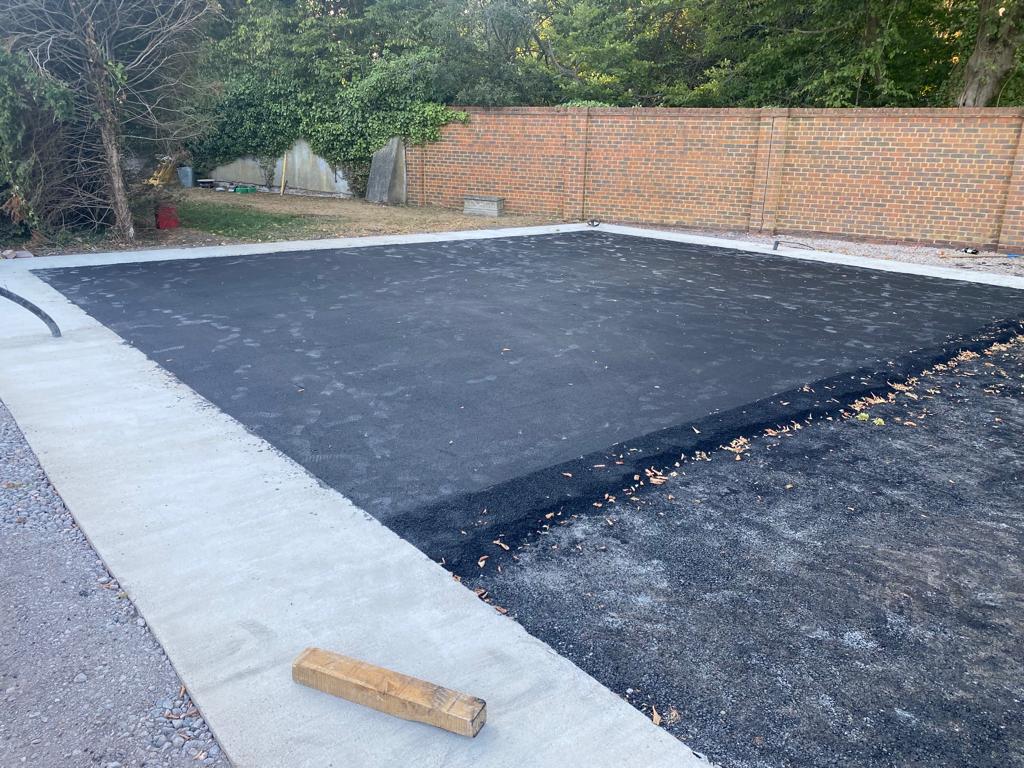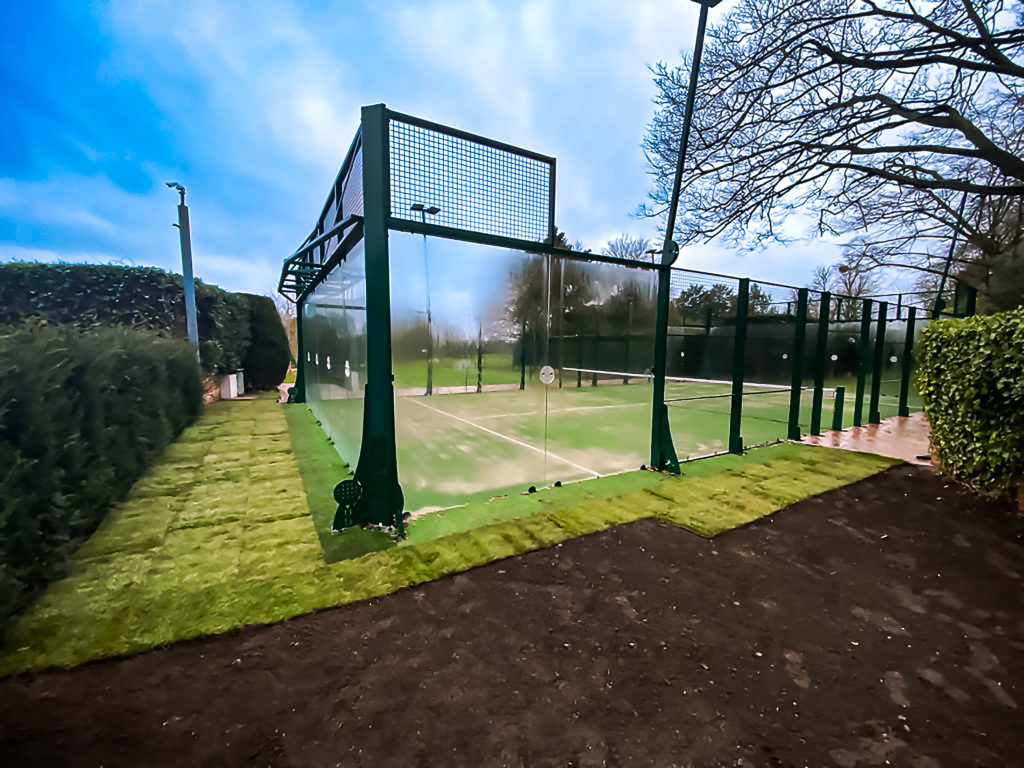The British media may lead you to believe that padel is already dominating the UK’s sporting landscape. Despite this mainstream media narrative of padel being “the next big thing” – alongside images of David Beckham or Christiano Ronaldo playing – it is estimated that public awareness of the sport is hovering somewhere around the 10% mark, at best.
There’s no doubt the numbers are encouraging. There were just 50 courts in Britain in 2019. Four years later, that number is more like 250. There are now also an estimated 90,000 players in Britain and a whole lot of entrepreneurs, sporting enthusiasts and shrewd business people seeking to capitalise on the padel boom.
However, those who have spotted an opportunity are being held back by a very British issue: planning permission.

Planning is, on the whole, strict in the UK, and that can feel a whole lot stricter when the game of padel is an entirely unfamiliar concept to local councils who have the power to give the go-ahead or not for court construction.
The LTA’s governance of padel is a positive development since it is intent on growing a sport that is credible and sustainable in the UK without having a negative impact on the integrity and progression of tennis. This is all great and we know that national and local tournaments are emerging, more coaches are qualifying and juniors are coming through but in spite of this, the significant growth that we should be seeing to meet demand cannot happen without courts.
We expect the landscape to change and there is definitely a bottleneck of investor-led projects waiting to get started but the infrastructure is somewhat fractured at the moment.
The construction of a padel court whether totally new on a green field site or over an existing tennis court constitutes development and therefore requires formal planning consent to be issued by the relevant Local Authority. Careful consideration of the location of proposed padel courts should be given in relation to the impact of noise on adjacent residential properties but that’s not the only challenge.

Planning issues aside, many investors are finding that a large majority of padel courts are imported from sunnier climates and are therefore not necessarily built to withstand the relentless British weather or in accordance with British building regulations. Products tend to be built for the environment in which they are developed but in the UK we have much higher corrosion rates than in Continental Europe for example. The wind loads in Barcelona are not the same as in Bristol and likewise, the wind loads in coastal areas are not the same as in areas surrounded by buildings.
When you consider that we are talking about structures that are surrounded by glass, this is a significant concern. Wind loads can affect the structural stability of the court hugely so it’s imperative that the location of a new court, its orientation and surrounding topography are taken into consideration. Mass padel court producers may provide the cheapest one-size-fits-all solution but that is a high-risk strategy that we are not prepared to be take.

The increased likelihood of condensation during the winter months is something else that needs to be considered specifically in the UK, along with sufficient groundworks, foundations and drainage. In continental Europe, padel courts are generally constructed on a concrete slab onto which the synthetic turf surface is laid but this is generally non-porous and would be generally considered un-suitable for the UK climate where high levels of rainfall can be anticipated.
We may not provide you with the cheapest quote or the quickest timeline but we will guarantee a high quality product that is fully customised to suit your environment, local regulations and playing requirements as well as a product that is robust enough to last no matter how much wind, rain and condensation is thrown your way.
